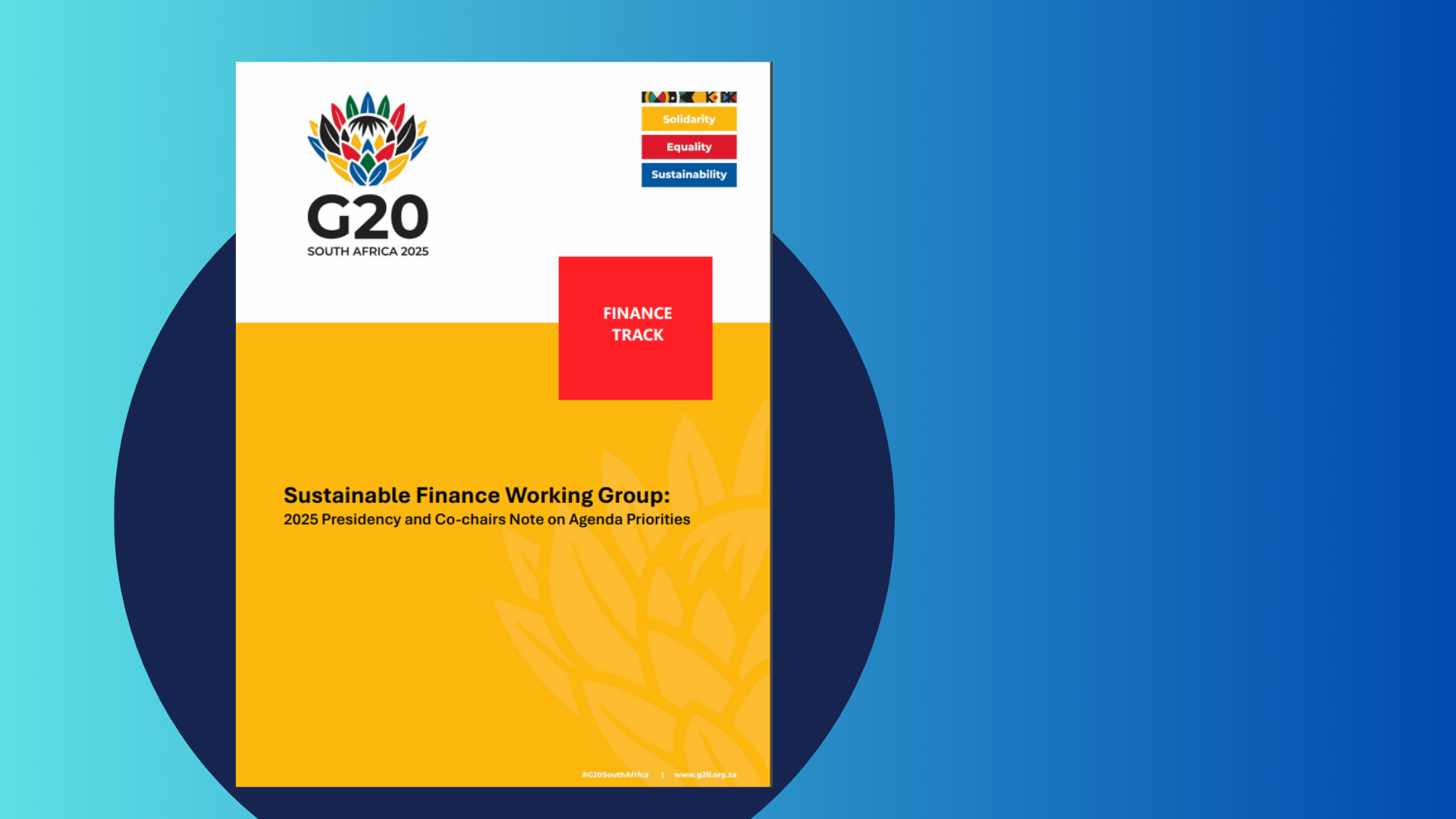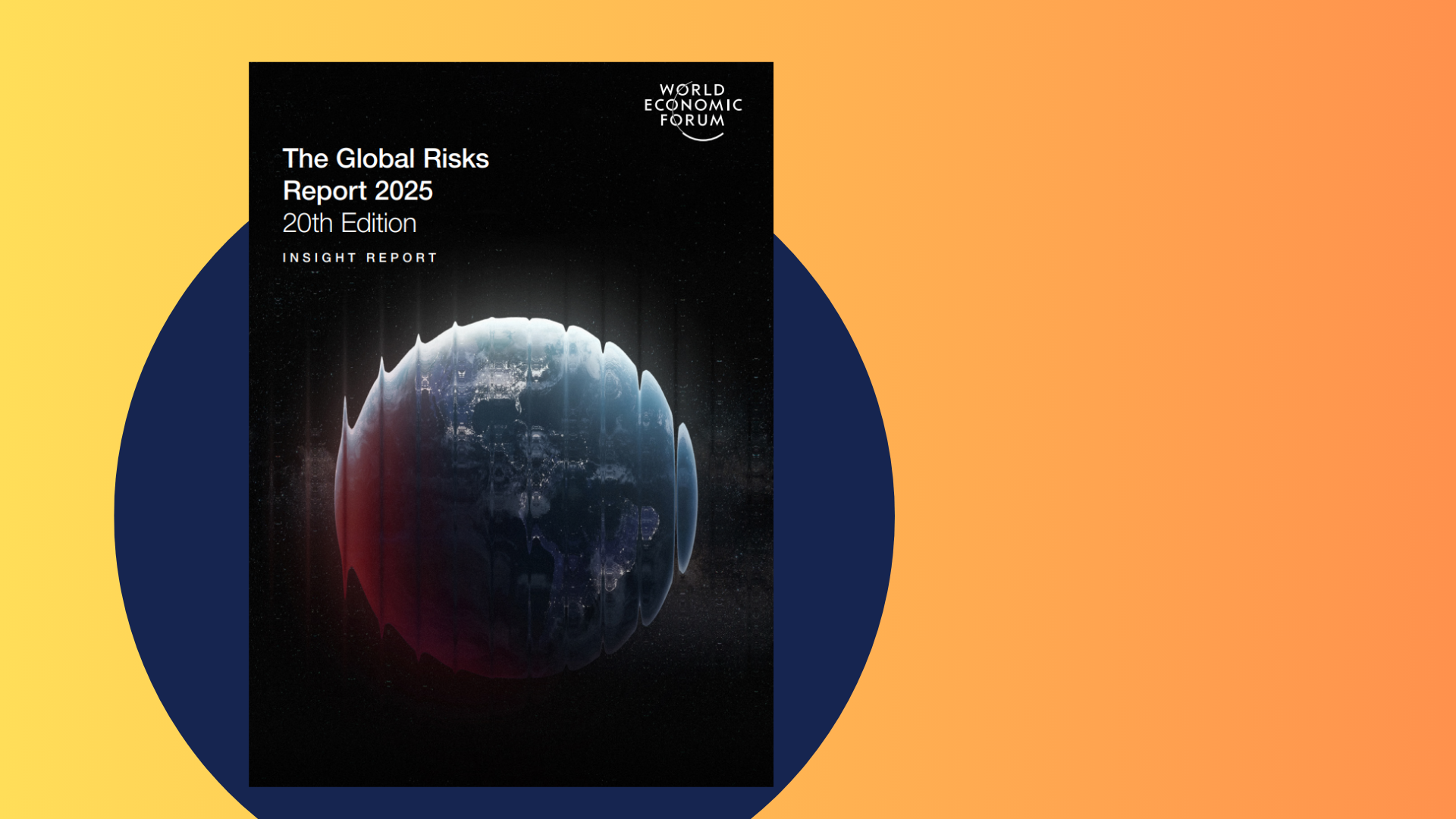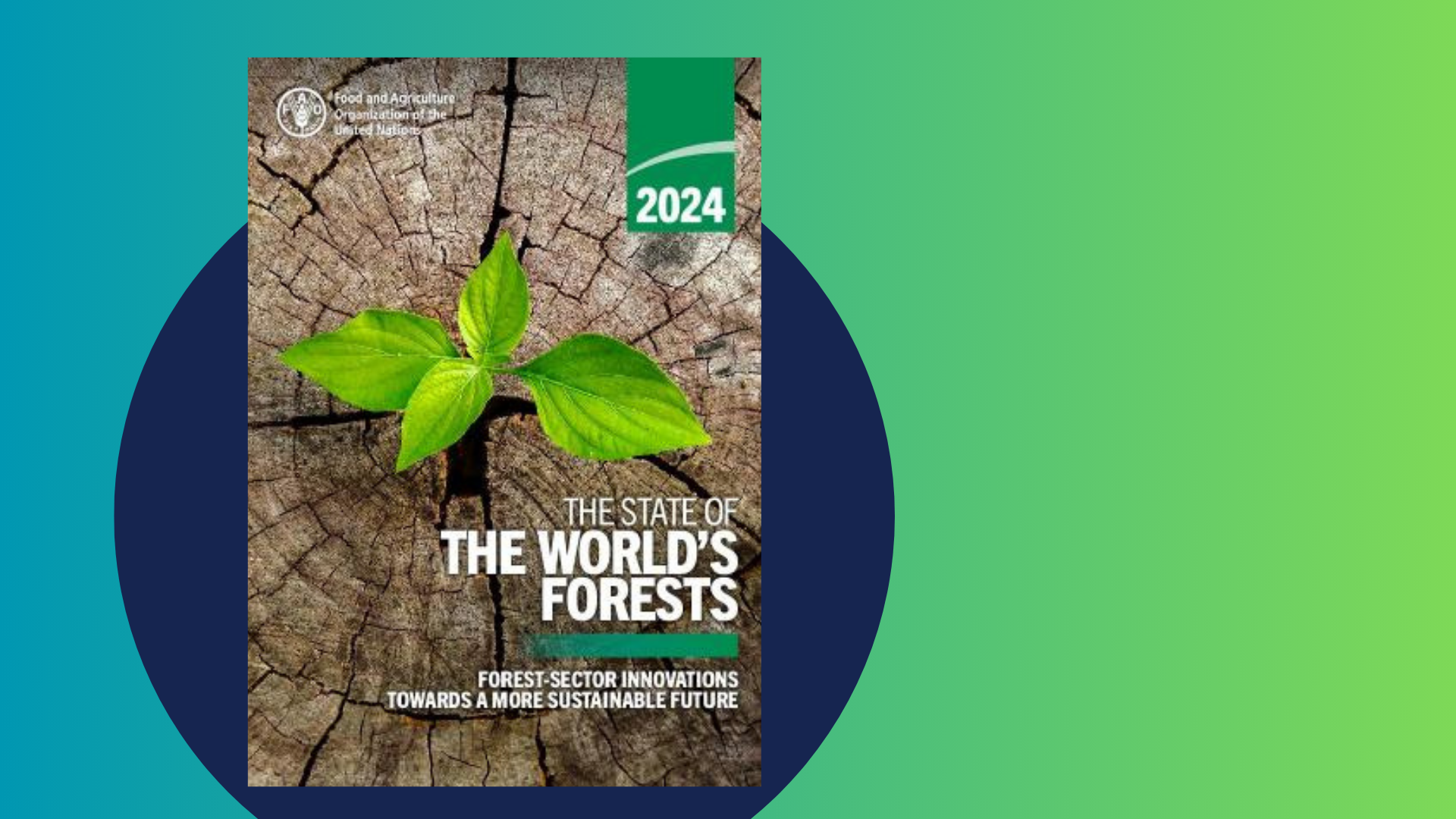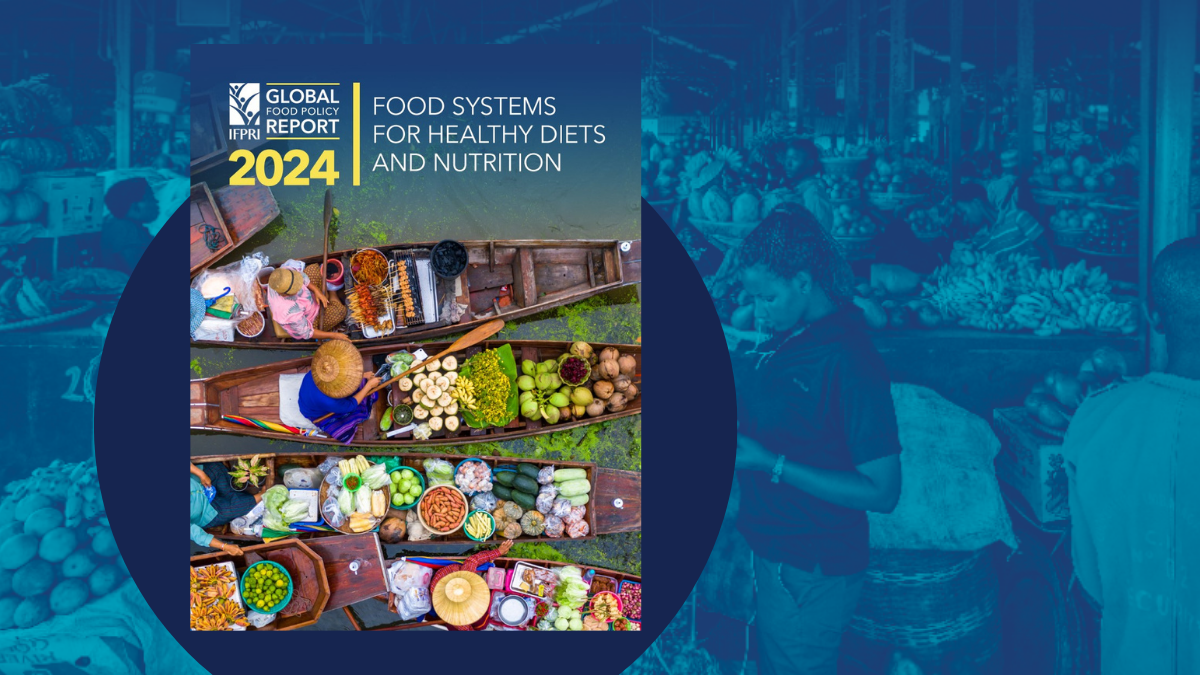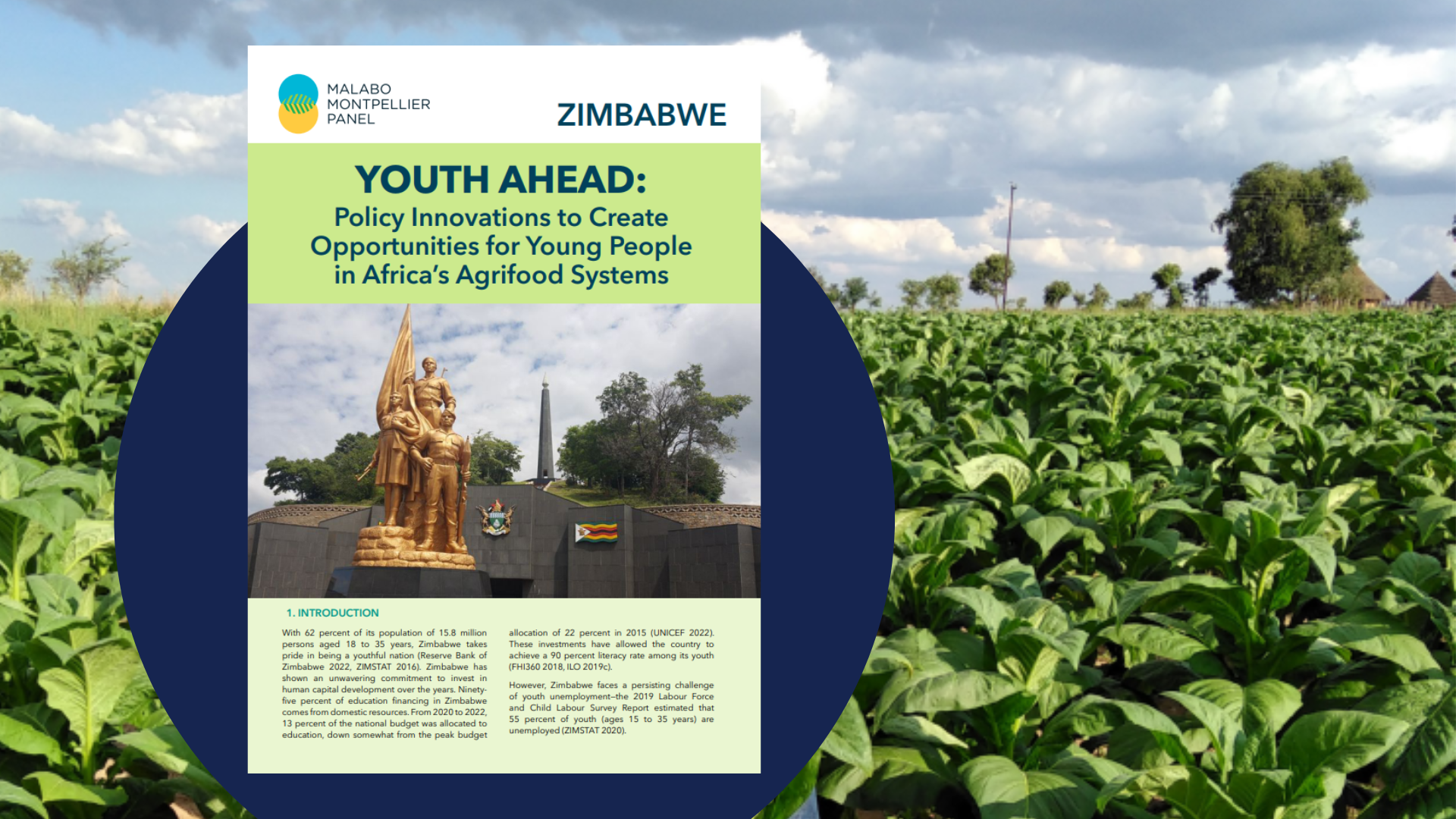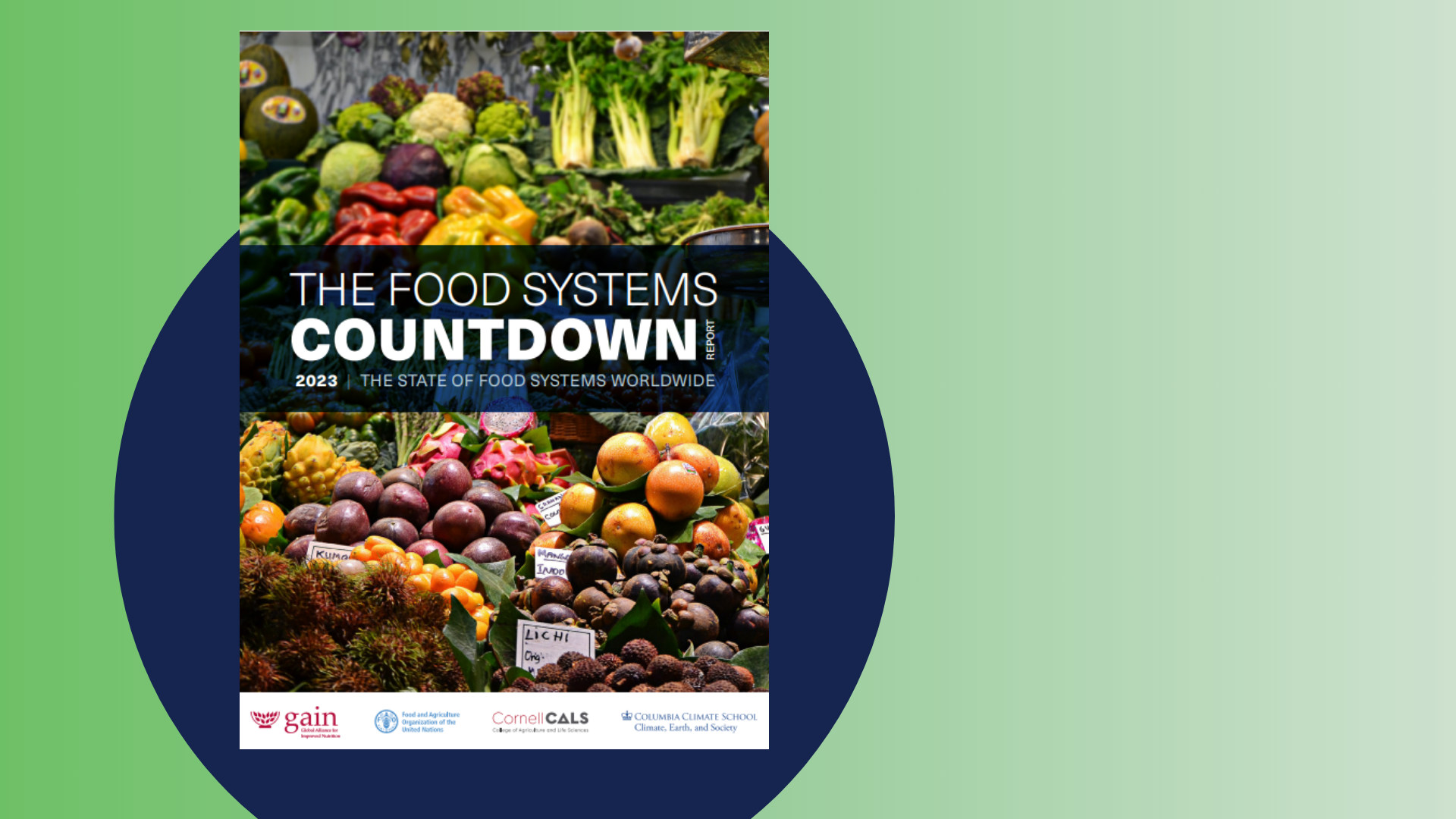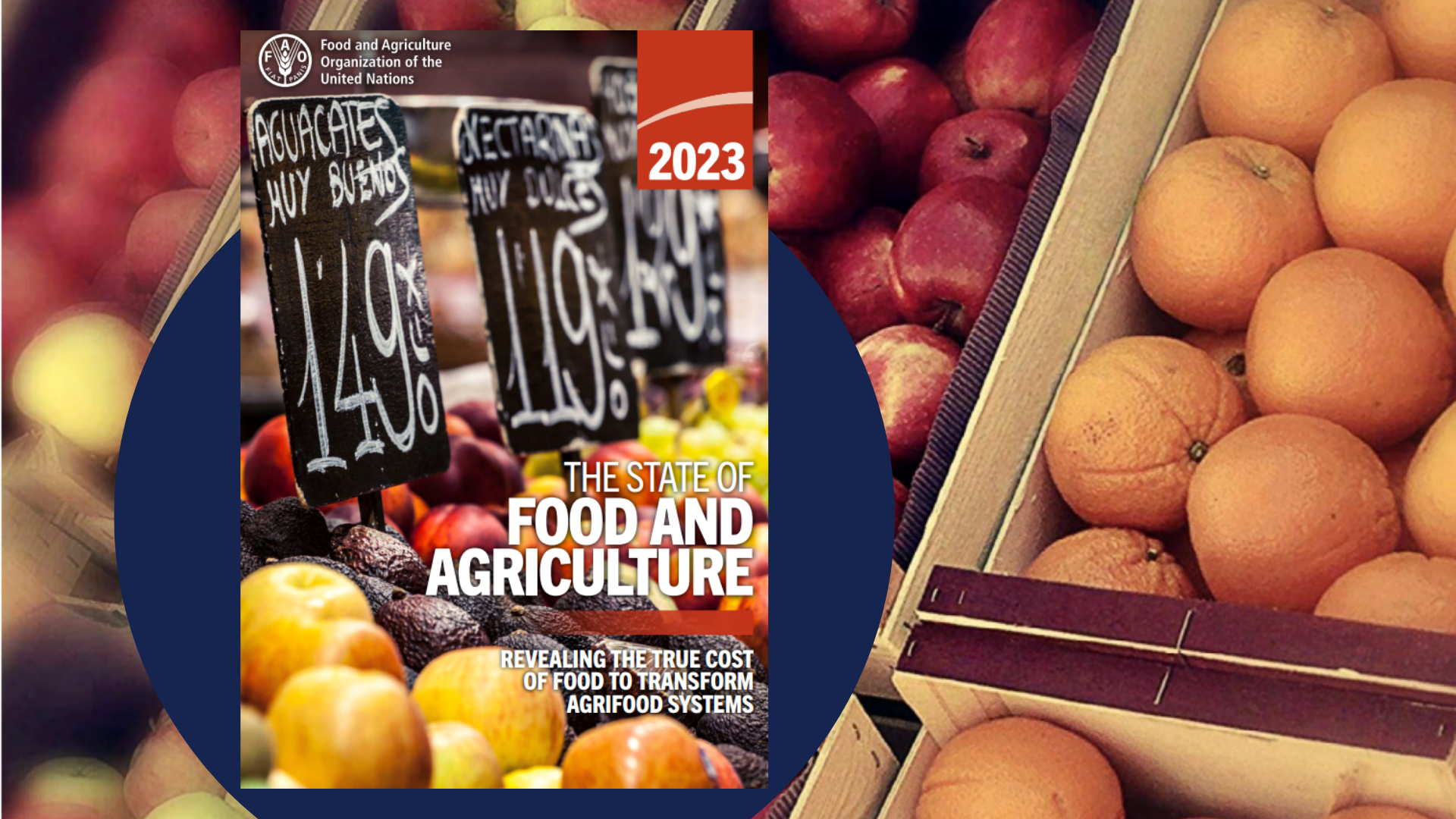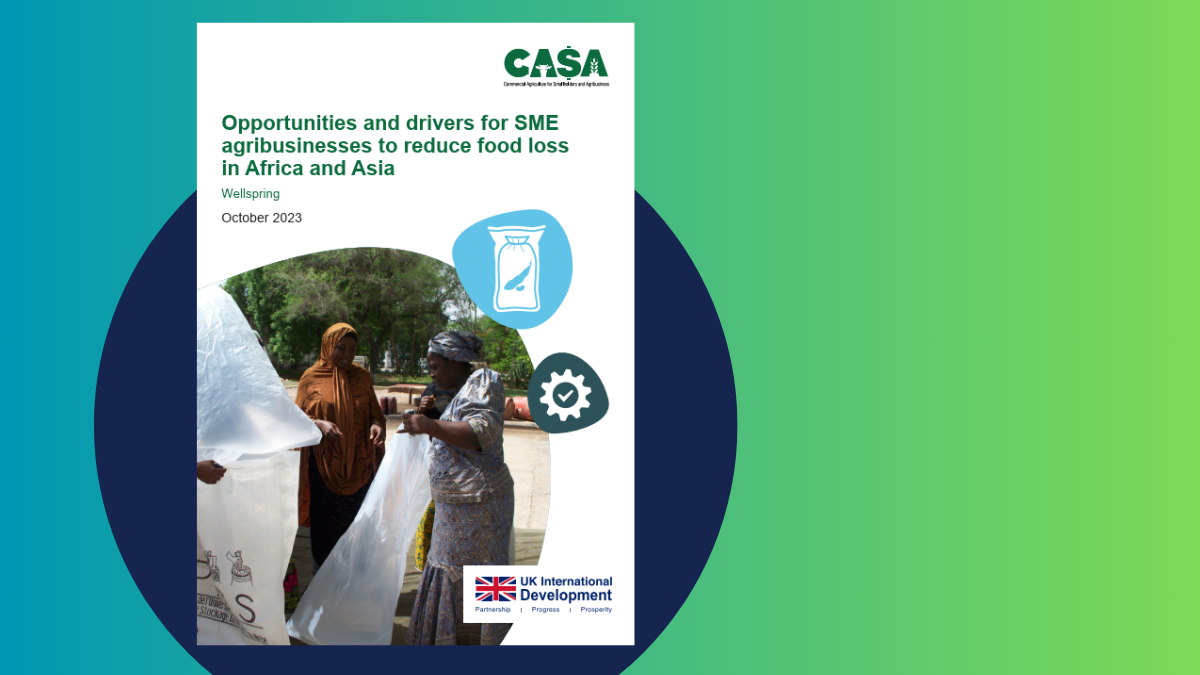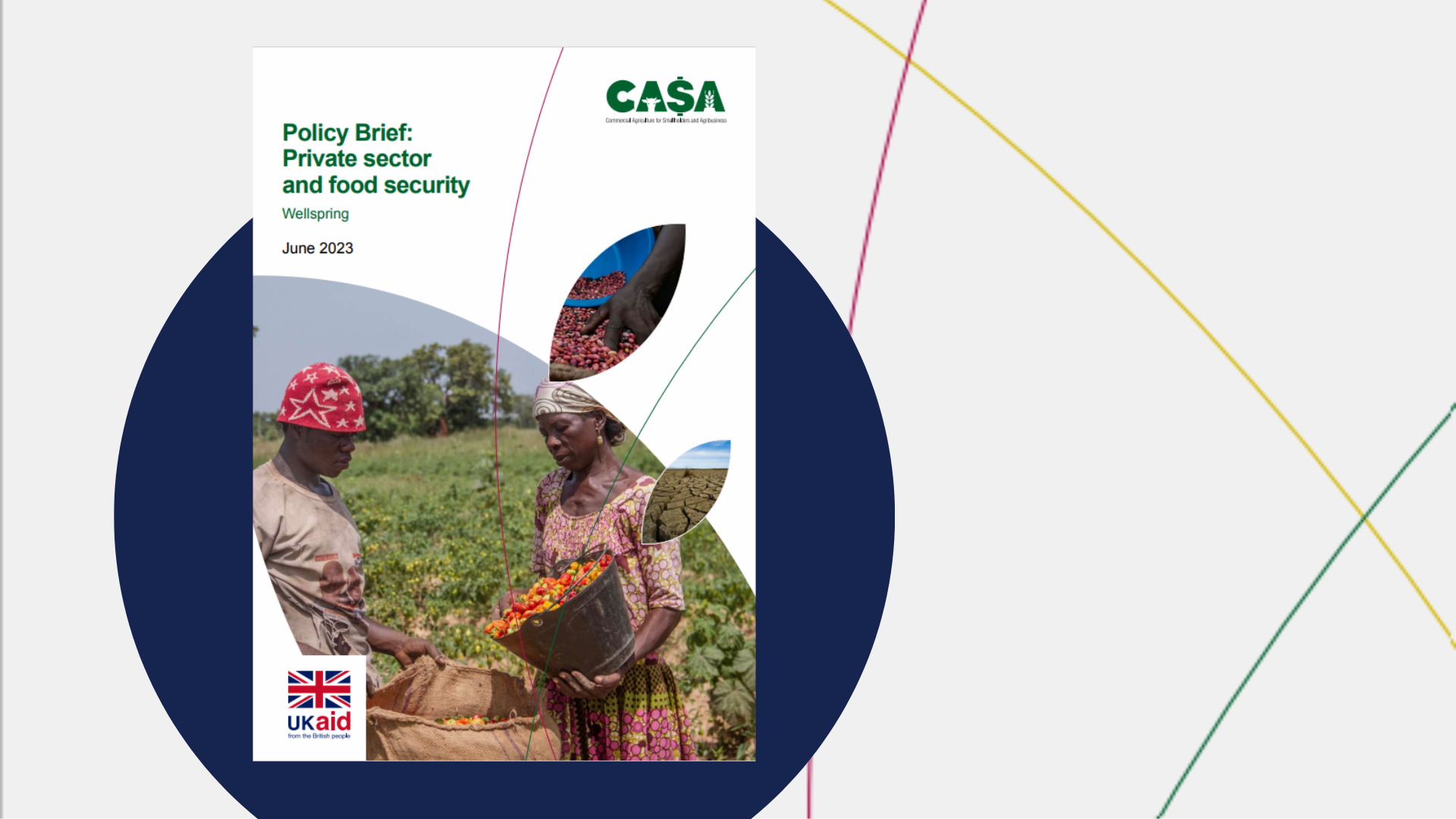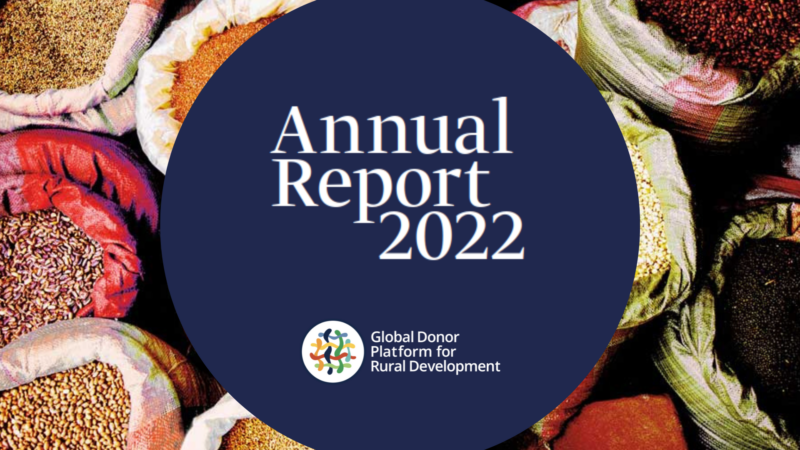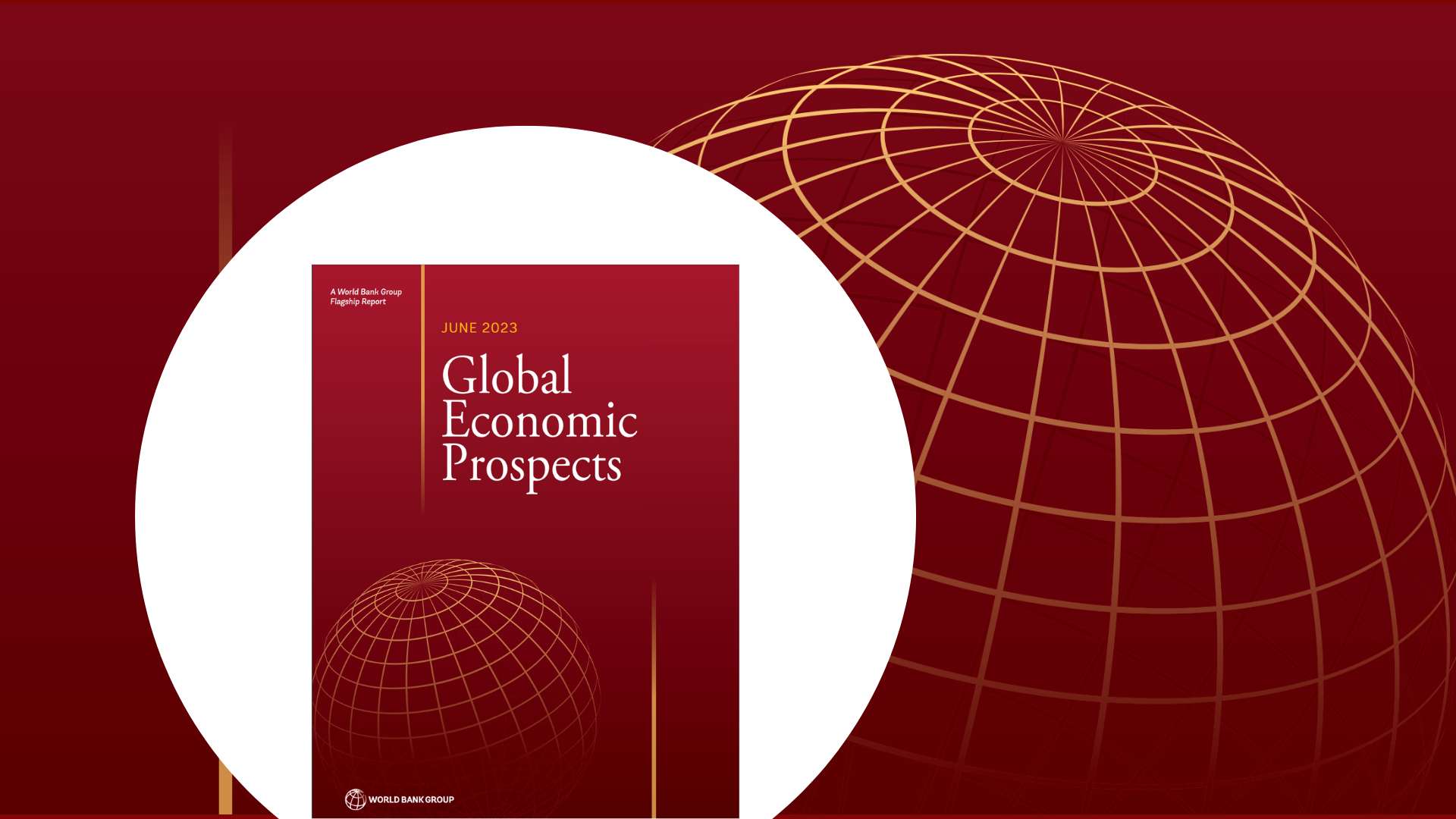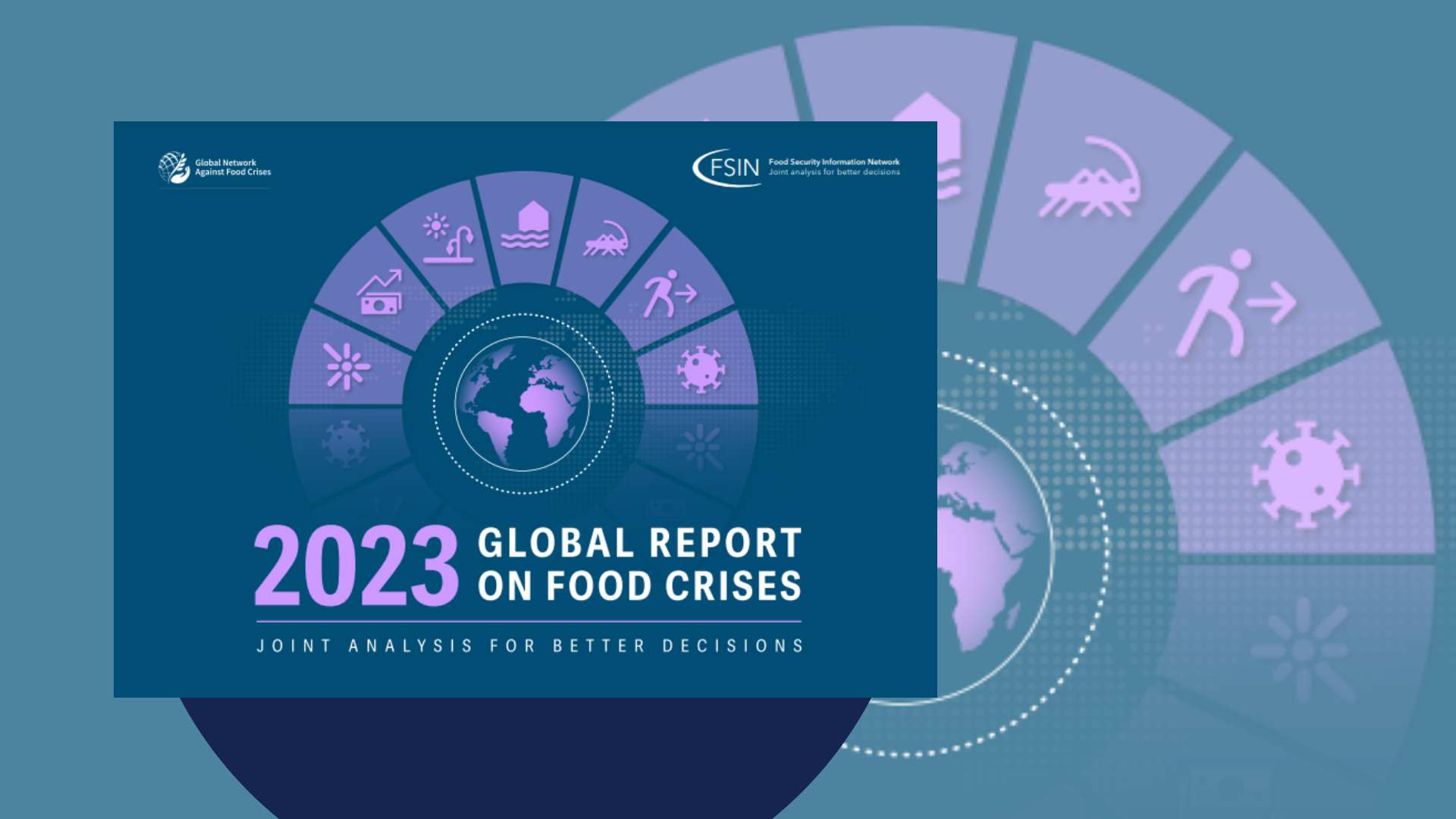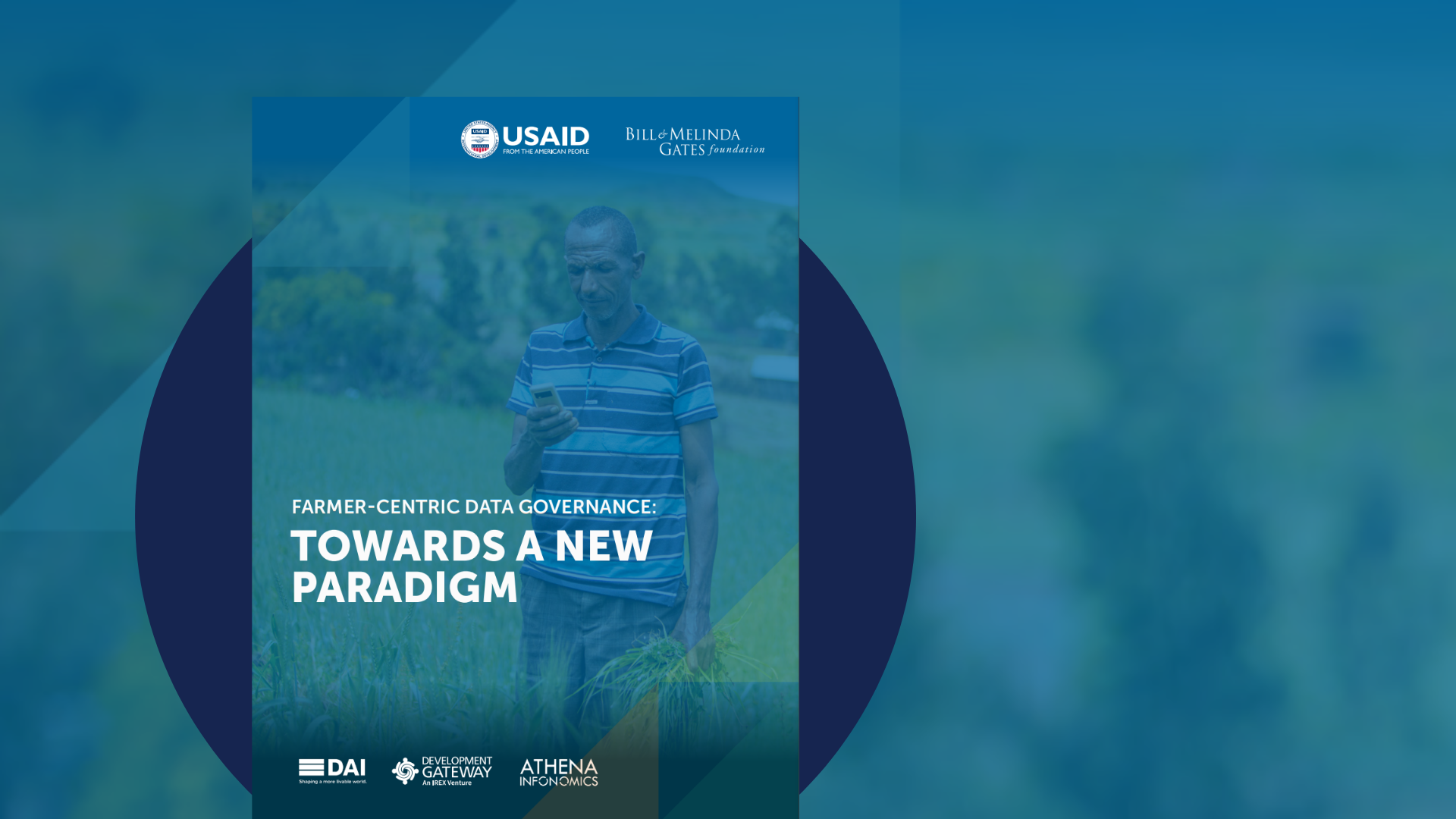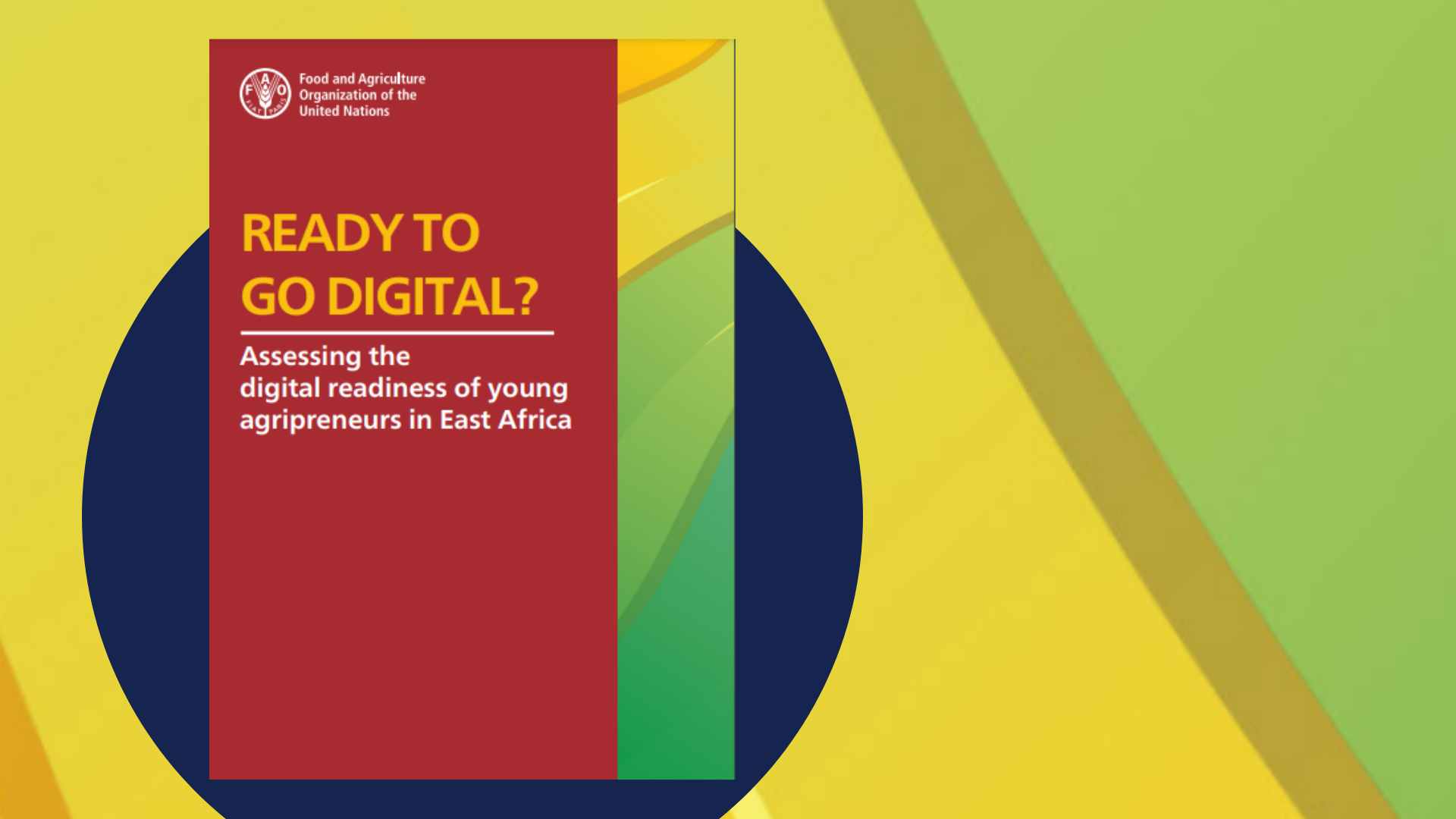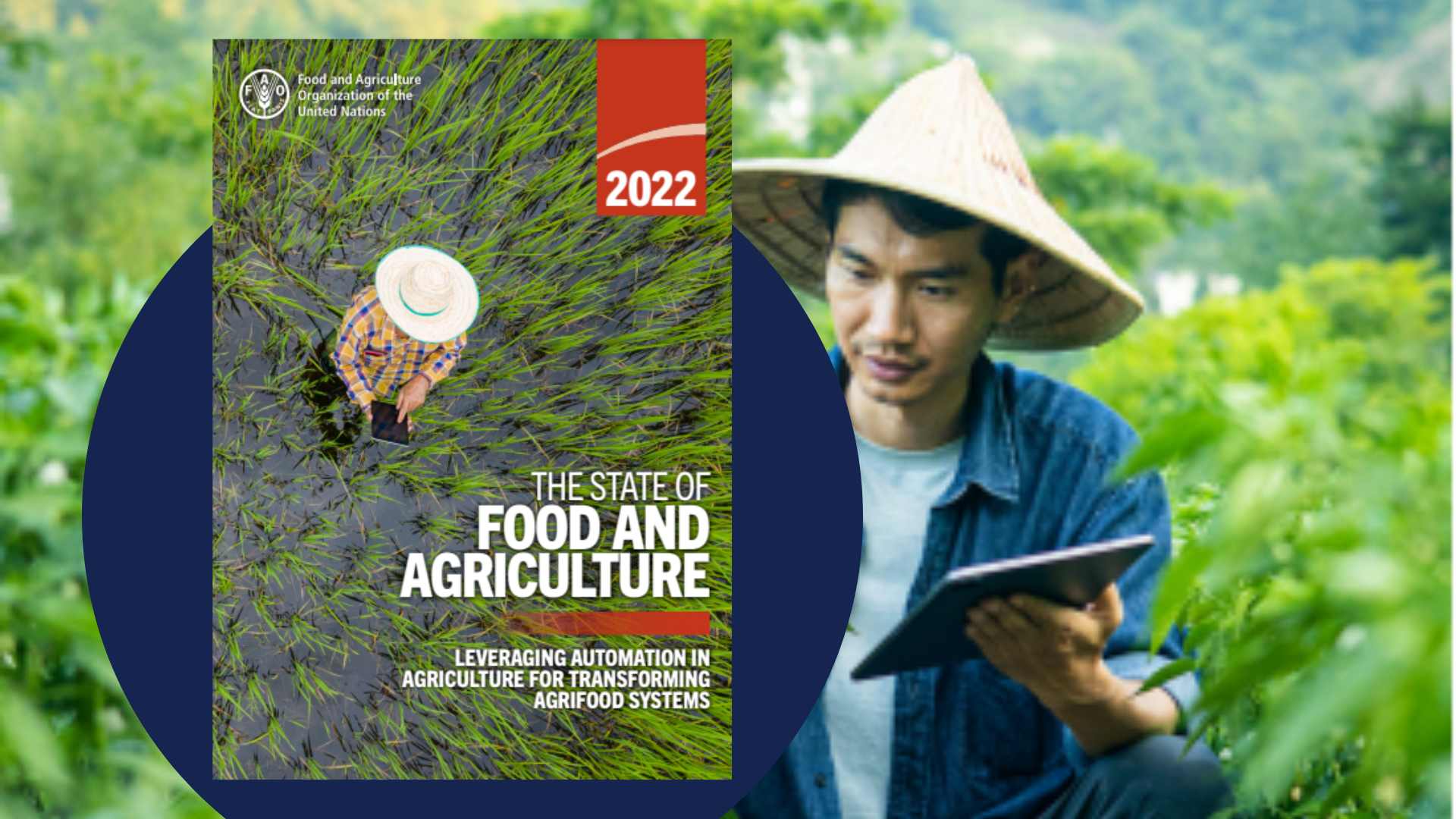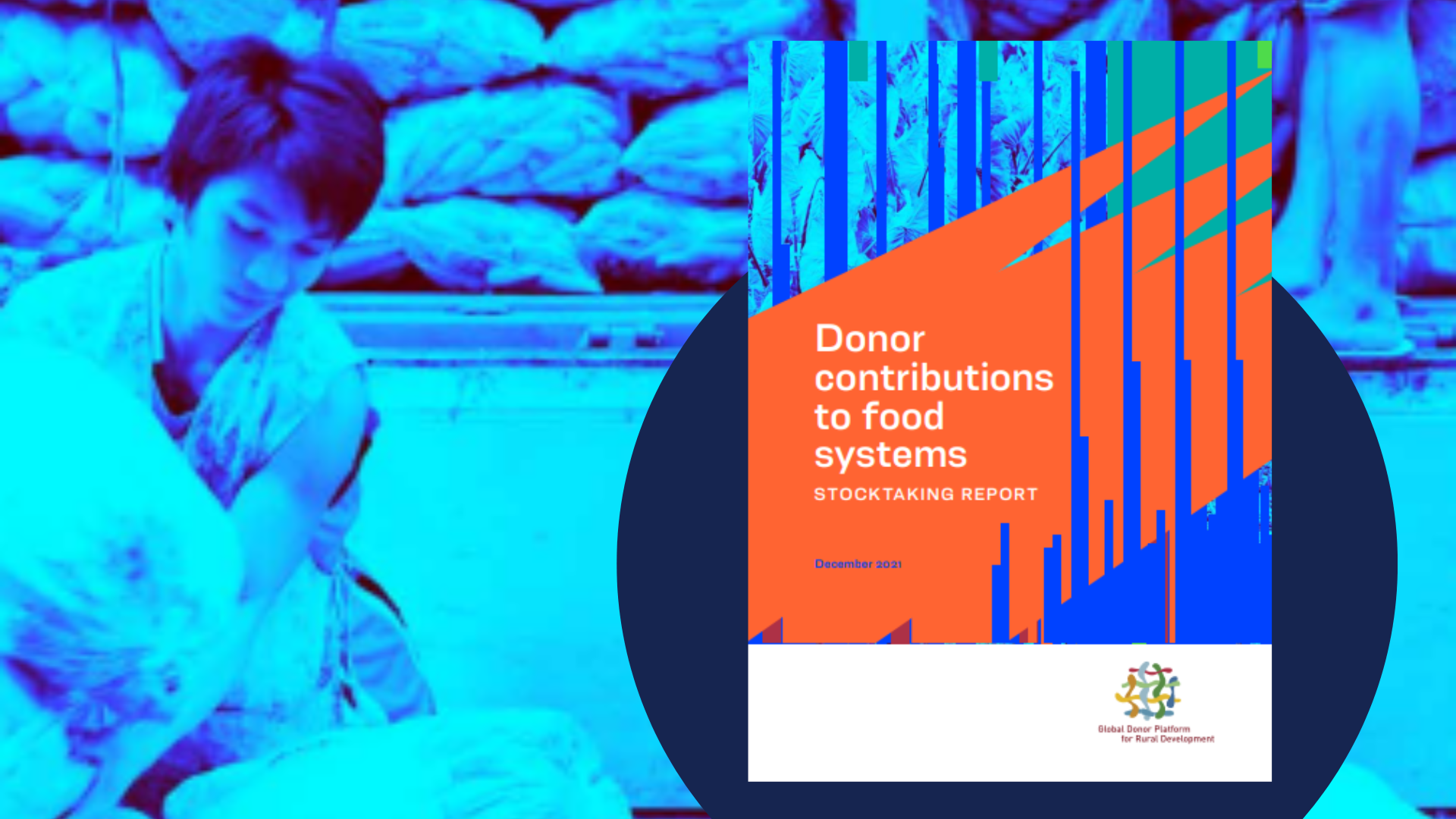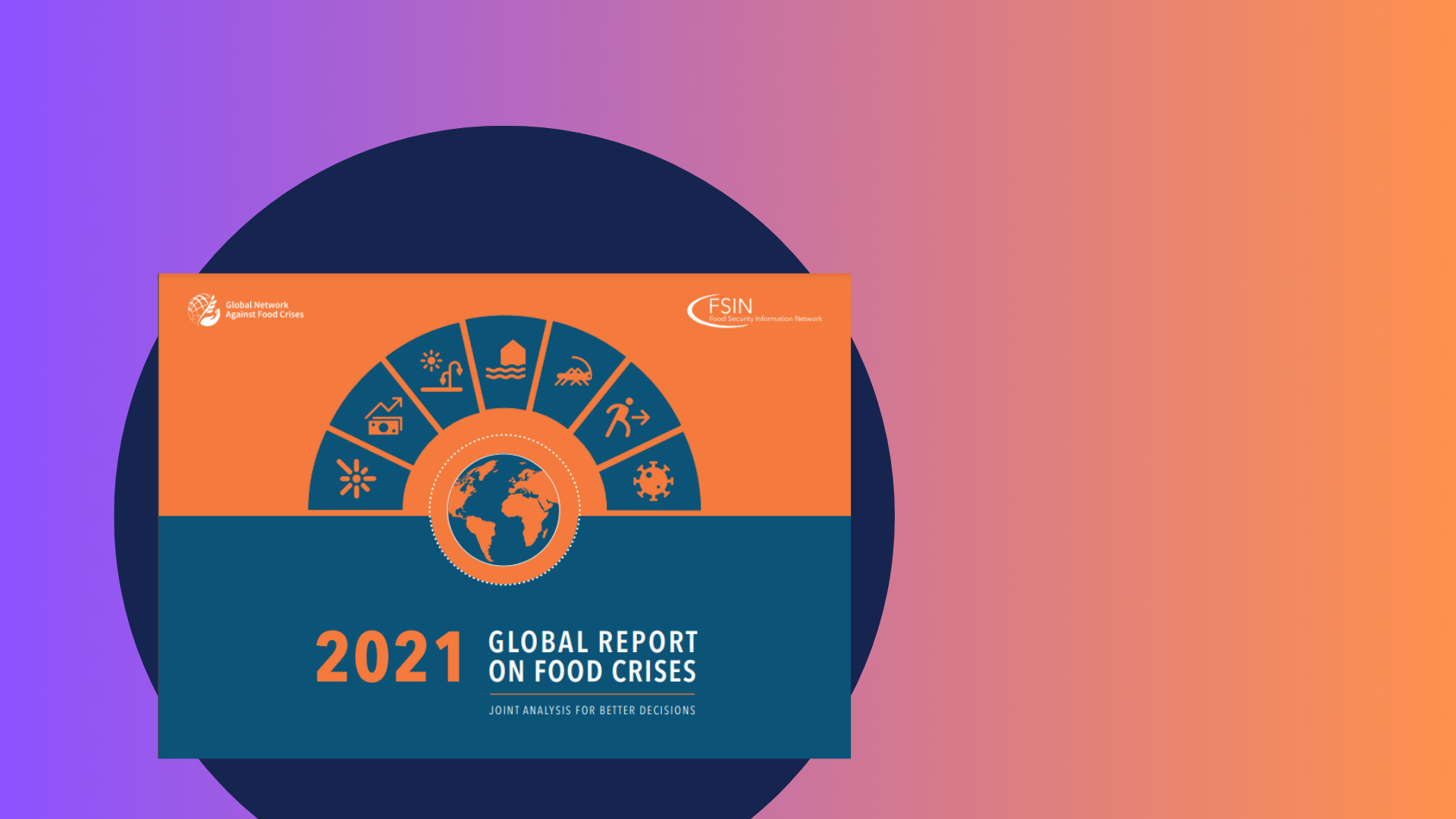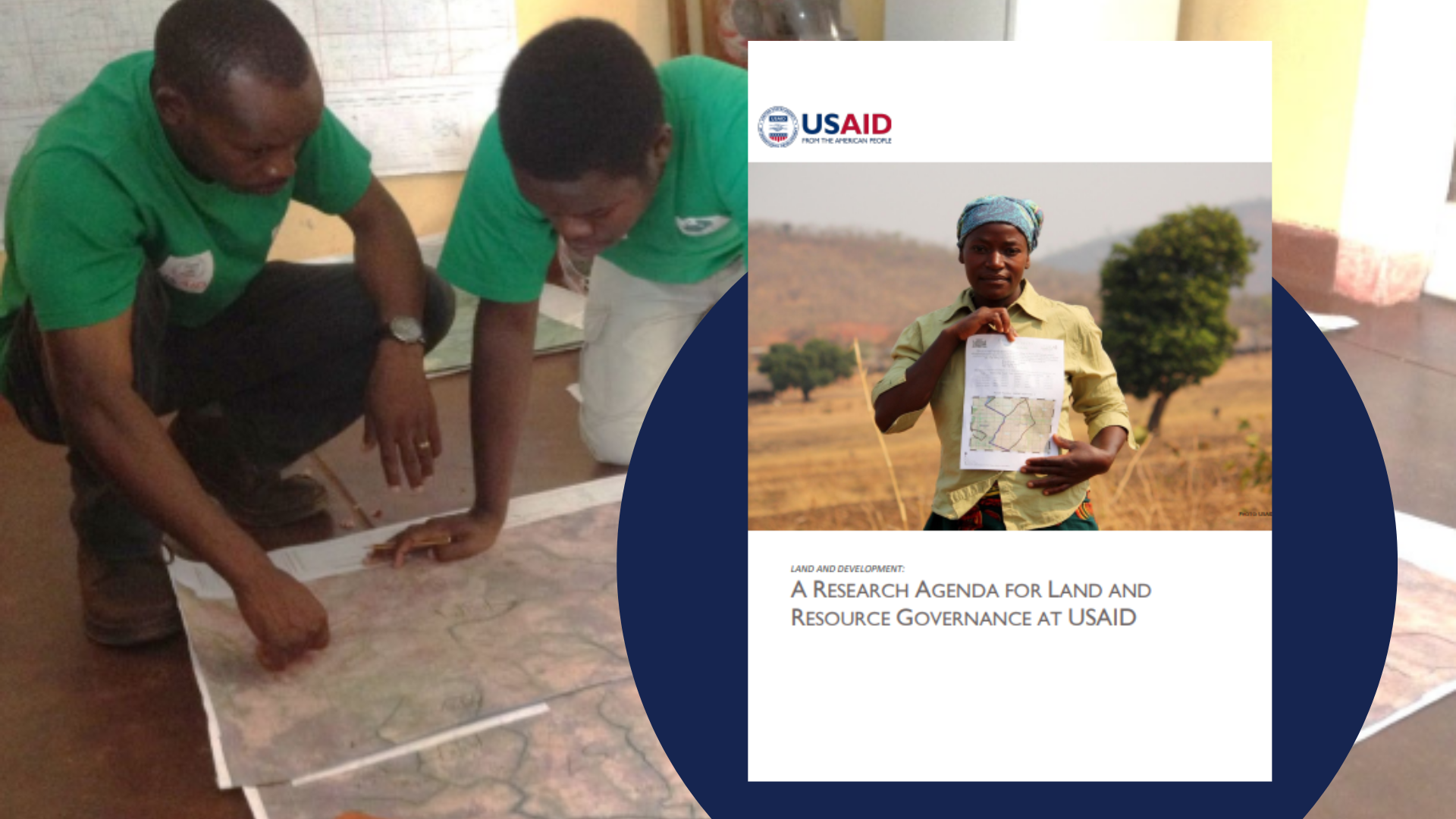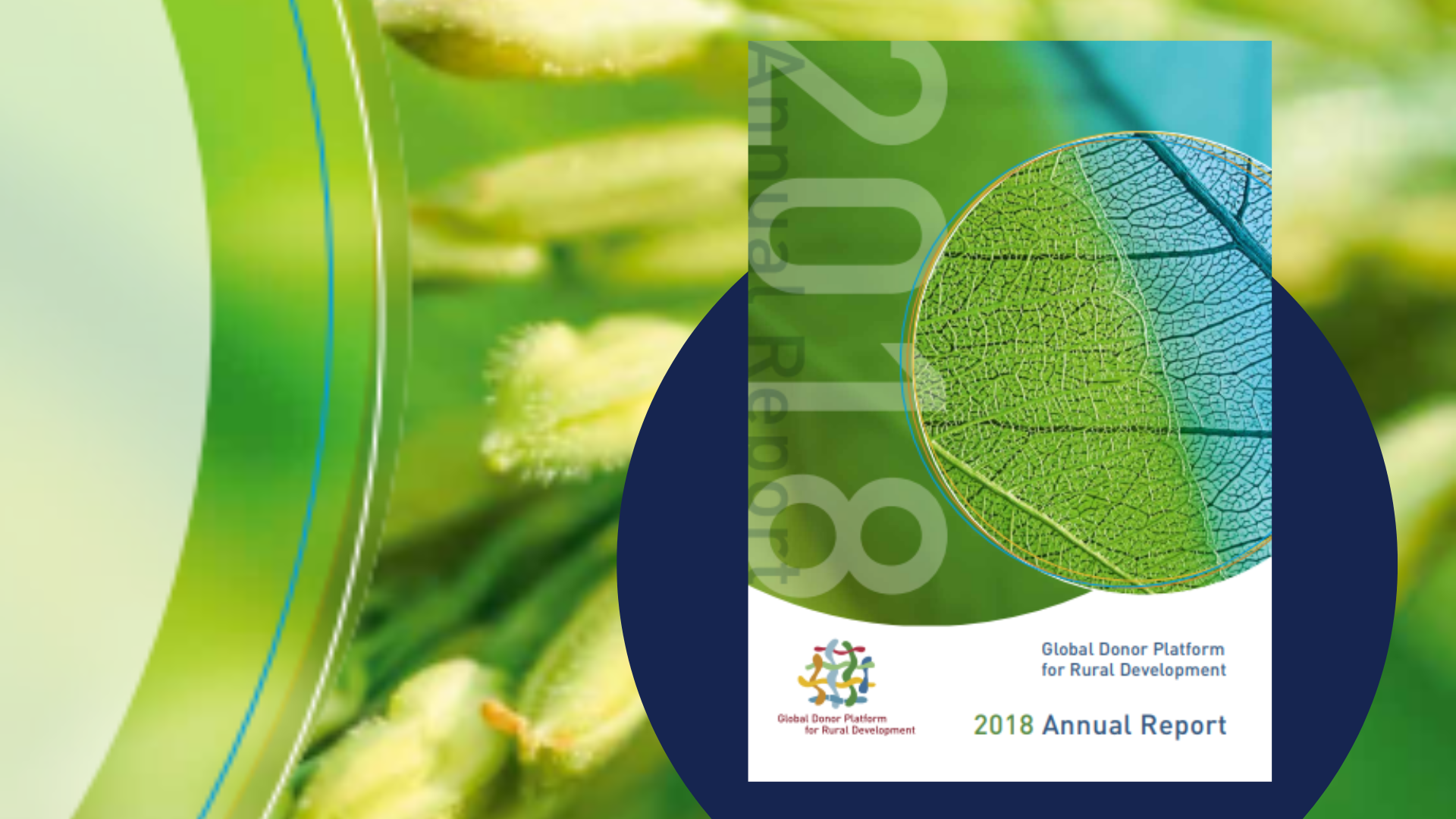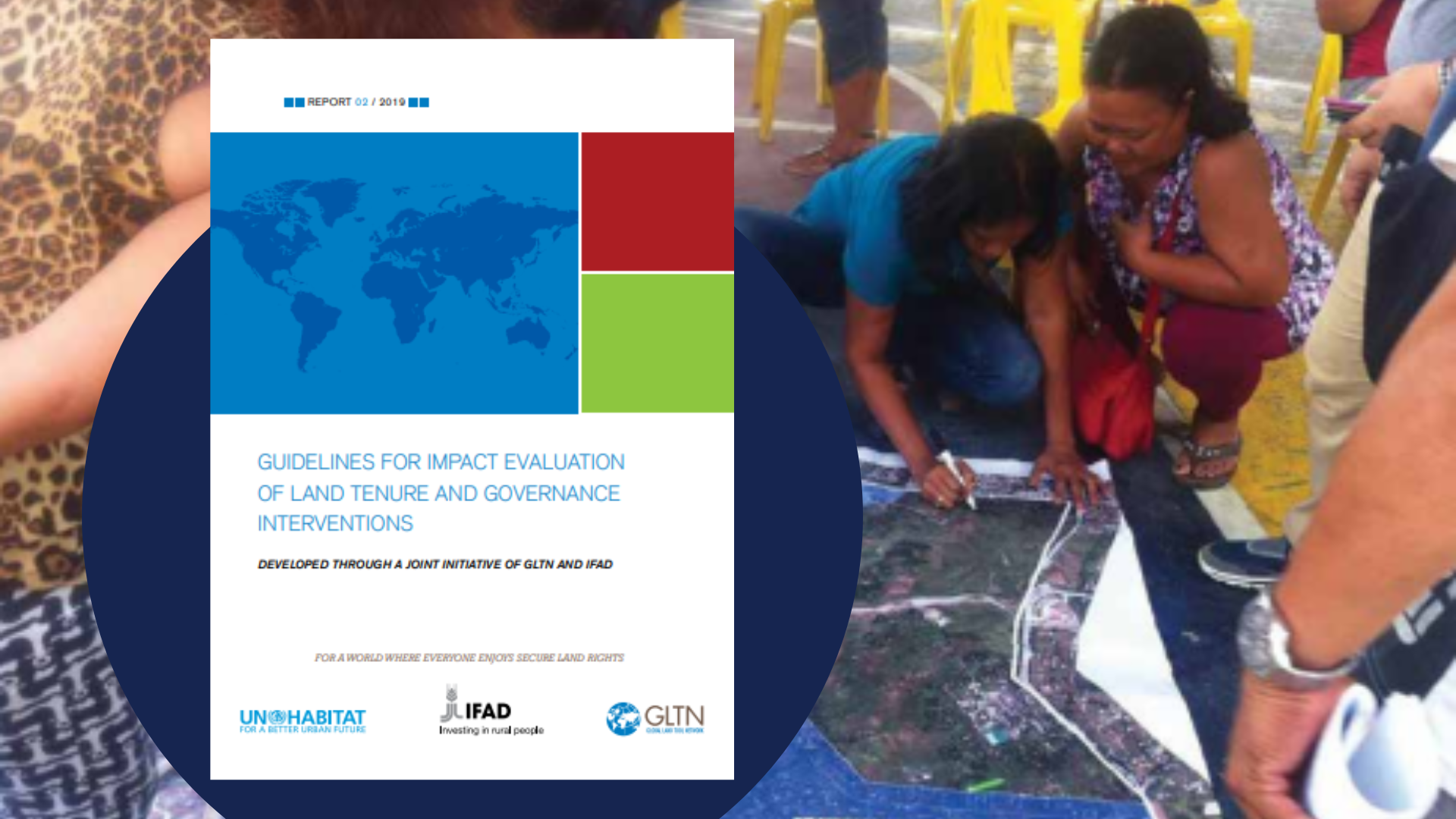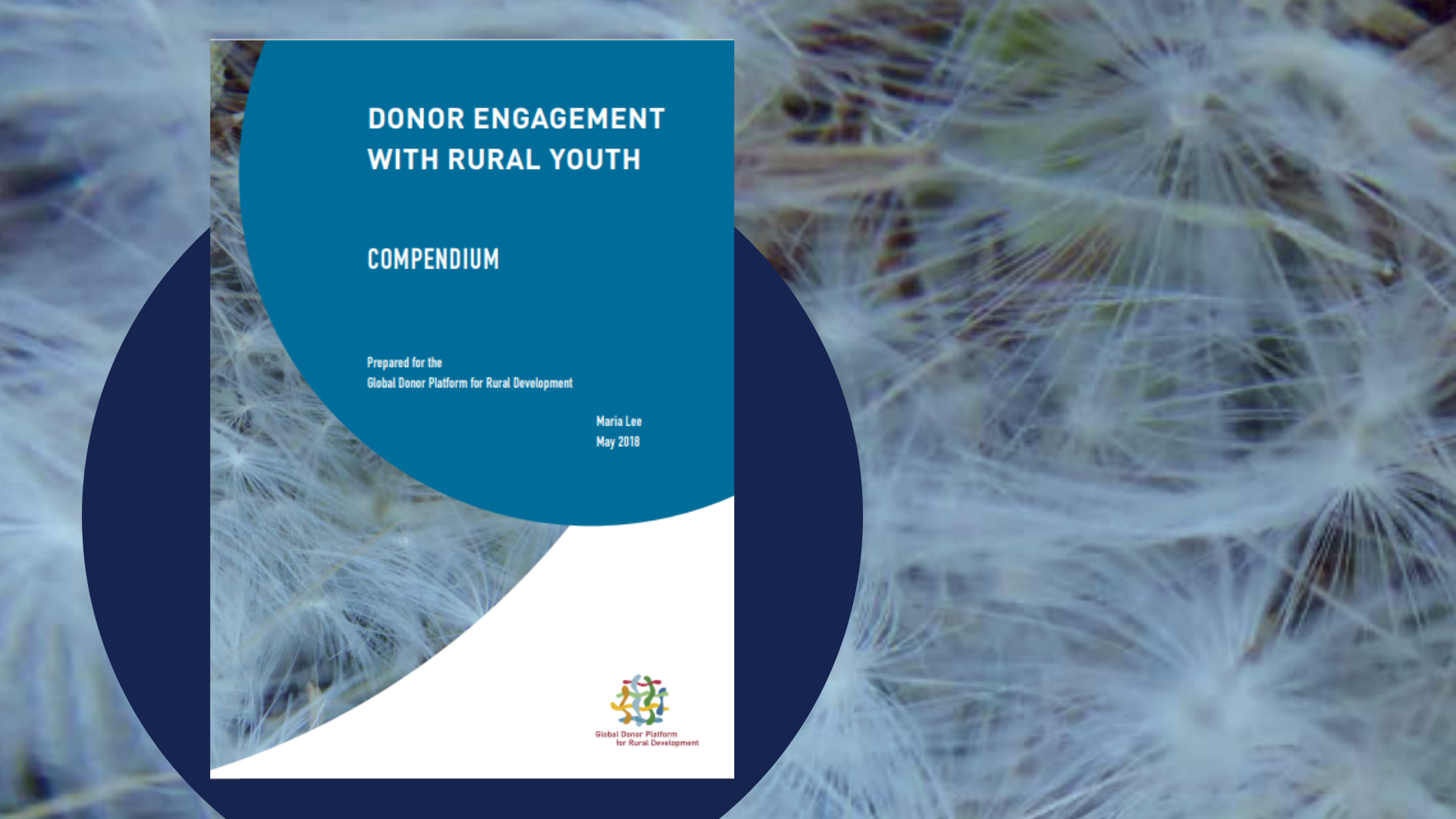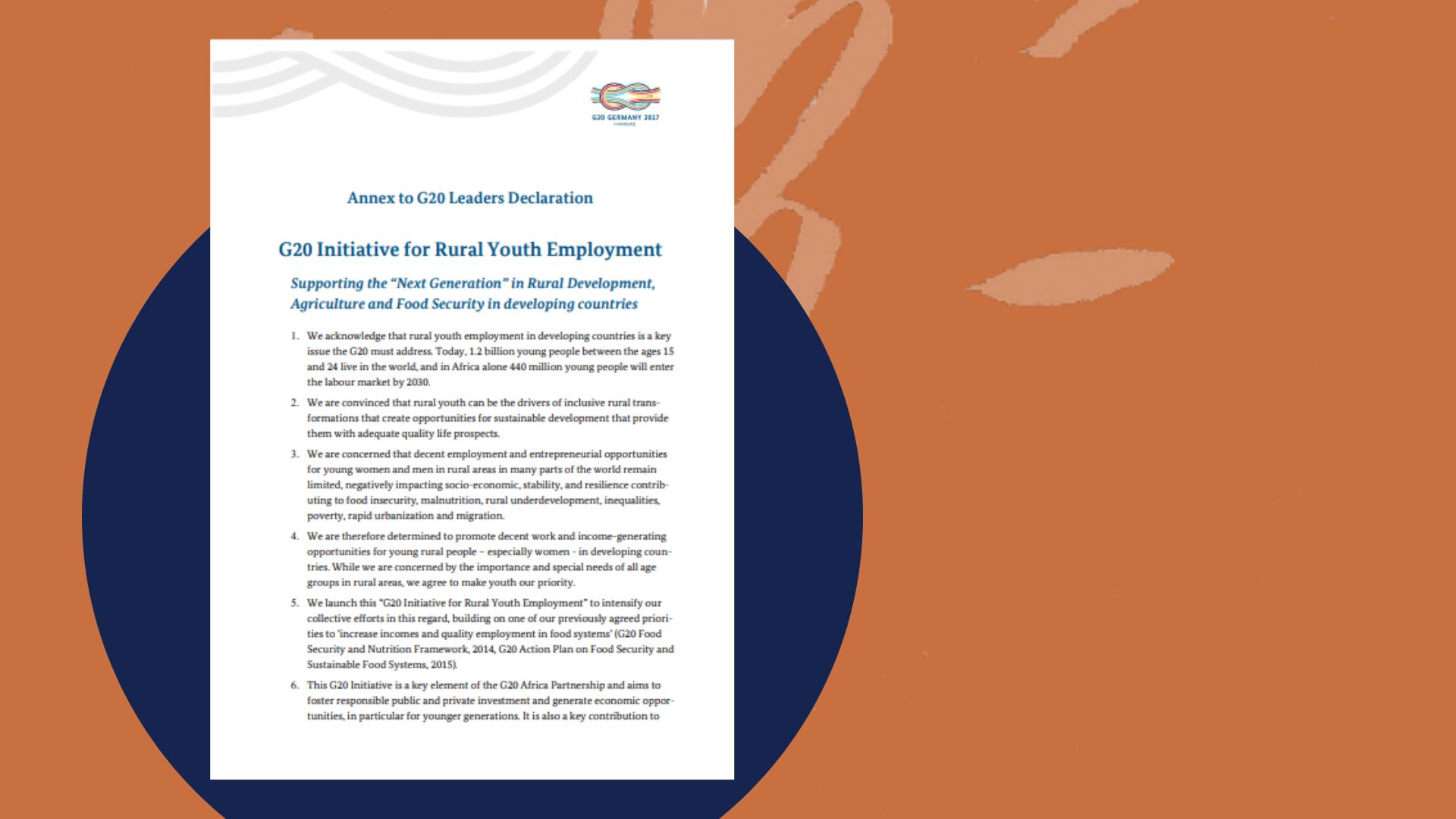Urbanization, agrifood systems transformation and healthy diets across the rural–urban continuum
Links
Read more on the Food Systems Recommendations Database

This report provides an update on global progress towards the targets of ending hunger (SDG Target 2.1) and all forms of malnutrition (SDG Target 2.2) and estimates on the number of people who are unable to afford a healthy diet. Since its 2017 edition, this report has repeatedly highlighted that the intensification and interaction of conflict, climate extremes and economic slowdowns and downturns, combined with highly unaffordable nutritious foods and growing inequality, are pushing us off track to meet the SDG 2 targets. However, other important megatrends must also be factored into the analysis to fully understand the challenges and opportunities for meeting the SDG 2 targets. One such megatrend, and the focus of this year’s report, is urbanization.
New evidence shows that food purchases in some countries are no longer high only among urban households but also among rural households. Consumption of highly processed foods is also increasing in peri-urban and rural areas of some countries. These changes are affecting people’s food security and nutrition in ways that differ depending on where they live across the rural–urban continuum. This timely and relevant theme is aligned with the United Nations General Assembly-endorsed New Urban Agenda, and the report provides recommendations on the policies, investments and actions needed to address the challenges of agrifood systems transformation under urbanization and to enable opportunities for ensuring access to affordable healthy diets for everyone.
About the series
The State of Food Security and Nutrition in the World is an annual flagship report jointly prepared by FAO, IFAD, UNICEF, WFP and WHO to inform on progress towards ending hunger, achieving food security and improving nutrition and to provide in depth analysis on key challenges for achieving this goal in the context of the 2030 Agenda for Sustainable Development. The report targets a wide audience, including policy-makers, international organizations, academic institutions and the general public.









